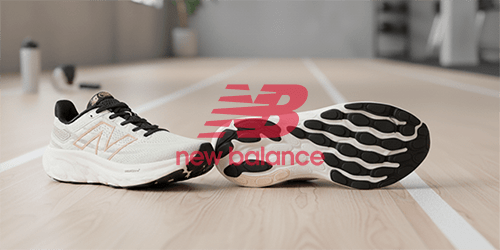The belief that meditation requires sitting still for an hour in silence is the number one reason busy people avoid it. The reality is that the benefits of mindfulness reduced stress, better focus, and improved clarity—can be unlocked in two to five minutes, using techniques you can do right at your desk, in your car, or while waiting in line.
For the modern, overloaded brain, small, frequent moments of mindful pause are far more effective than one long, stressful session. The goal is to create micro-breaks that allow your nervous system to reset without disrupting your schedule.
This post will detail practical, effective quick meditation techniques for busy people designed to bring calm and focus into the middle of a chaotic day.
Anchor Techniques for Instant Calm
These methods use immediate physical sensations to anchor your attention away from anxious thoughts and back to the present moment.
1. The 1-Minute Breath Focus
This is the ultimate entry-level technique. It only takes 60 seconds and can be done anywhere.
- How to Do It: Gently close your eyes or soften your gaze. Place one hand on your abdomen. Take three full, slow breaths. On the inhale, feel your belly gently rise. On the exhale, feel it soften. Now, simply count your breaths from one to ten. If you lose count or get distracted, start again from one.
- Why it Works: This simple counting task gives your distracted brain a job to do. When you reach ten, you have successfully created a clear minute of focused awareness, which is highly restorative.
2. The Stop and Sense Exercise
This technique is perfect for times when you are transitiong between tasks, such as before opening a new email or stepping into a meeting.
- How to Do It: Stop whatever you are doing. Take a single deep breath. Then, rapidly scan your immediate physical environment using your senses. Name three things you can hear (the fan, distant traffic, keyboard clicks), three things you can see (the desk, a lamp, your hands), and three things you can feel (the chair, your feet on the floor, your shirt).
- The Benefit: By flooding your awareness with present-moment sensory data, you pull your mind out of the anxious “future planning” mode.
3. Mindful Walking (The 5-Step Pace)
If you need to leave your desk, transform a short walk to the printer, bathroom, or coffee station into a mindful exercise.
- How to Do It: Slow your natural pace down slightly. As you take a step, quietly observe the process: feel your foot lift, move forward, and place itself on the floor. Take five slow steps focusing only on the sensation of your feet. Then, let your mind rest for five steps, and repeat the focus on the next five steps.
- Why it Works: This transforms a functional task into an anchor, training your mind to focus on one thing at a time, a core skill of meditation.
Integration Techniques for Daily Routine
These habits integrate mindfulness directly into activities you already do, eliminating the need to schedule extra time.
4. The Mindful Hand Wash
We wash our hands multiple times a day. This is a ready-made, high-frequency moment for stress relief.
- How to Do It: Turn off the auto-pilot. As you turn on the water, focus only on the temperature. As you apply soap, notice the texture and the scent. When you scrub, pay attention to the sound and the friction. Do not think about what you were just doing or what you need to do next.
- The Benefit: It is a 20 to 30 second mini-meditation that provides a reliable mental reset several times a day.
5. Mindful Eating (The First Three Bites)
Lunch is often eaten mindlessly while scrolling. Use the first few minutes to practice mindfulness.
- How to Do It: Commit to focusing only on your food for the first three bites. Pay attention to the colors, the aromas, the texture, and the taste. Chew slowly. After the third bite, you can return to your task, but that initial mindful moment is a powerful start to your meal.
- Why it Works: This small practice slows you down, improves digestion, and creates a crucial mental boundary between work and fuel.
6. Sound Meditation (The Bell)
If you work in a noisy environment, use the noise itself as your object of focus.
- How to Do It: You can use a dedicated app to ring a short, clear bell sound (or simply listen to a nearby ambient noise like the air conditioning). For one minute, simply focus your attention only on the sound. When your mind inevitably wanders, gently bring it back to the sound of the bell or the hum of the room.
- The Benefit: Instead of fighting the distraction of noise, you neutralize it by accepting it as your meditation object.
Conclusion
Effective stress management for busy people is not about finding an hour to meditate; it is about finding a handful of minutes to breathe and focus. By integrating these quick meditation techniques for busy people into your day, you build mental resilience, improve focus, and reduce stress without ever having to clear your entire schedule. Start with just one technique today, and you will immediately feel the benefit of taking back control of your attention.




